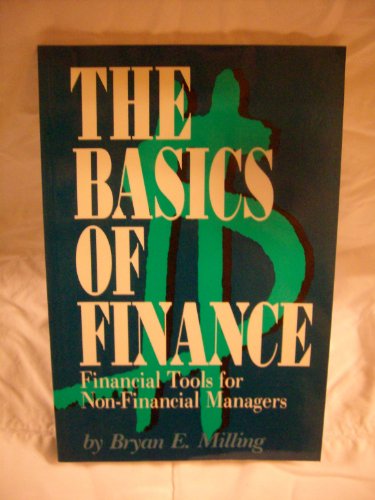Answered step by step
Verified Expert Solution
Question
1 Approved Answer
typo, it means figure 3 & problem set 4 is not needed, it is just similar ? A lagoon is represented by the rectangular geometry

typo, it means figure 3 & problem set 4 is not needed, it is just similar
?
A lagoon is represented by the rectangular geometry shown in Figure 5 below. The length of the lagoon L is 15 km and the width Wis 8 km. A short channel with width B = 4 km, depth D = 10 m connects one of the 15 km sides of the lagoon to the ocean. The average depth of the lagoon h is also 10 m. Before time t=0, there is a gate similar to the one in Problem Set 4 separating the fresh water (salinity S = 0 ppt, pe = 1000 kg/m) in the lagoon from the salty water (salinity S = 35 ppt, p. = 1030 kg m) of the ocean. Due to shoddy construction, the gate is removed at r = 0. The occantide causes tidal activity in the lagoon which mixes the salty and fresh waters. It also causes variation in the depth of water in the lagoon, modeled here as a sinusoidal function h(t) = h + a sinut where a = tidal amplitude = 1.5 m, o = angular frequency = 26/T, and T=tidal period = 12.4 hours. a) Assuming the depth in the inlet channel is 10m at all times, derive an equation which defines the time variation of the velocity in the inlet channel once the gate is removed. b) What are the maximum velocities in the inlet channel during the flood and ebb tides? e) What is the total volume of water which is exchanged between the lagoon and ocean during an outgoing (ebb) tide? d) Using (e), determine the average velocities in the inlet channel during the flood and ebb tides. c) What will be the salinity in the lagoon after the first half of one tidal period once the gate is removed? Consider the waters in the lagoon to be well-mixed at all times. What are the salinity conditions in the lagoon after the second tidal cycle? How does the salinity in the lagoon vary over time? Ocean harbor Figure 3: Sketch of lagoon. The location of the poorly constructed gate is marked with a dashed line. A lagoon is represented by the rectangular geometry shown in Figure 5 below. The length of the lagoon L is 15 km and the width Wis 8 km. A short channel with width B = 4 km, depth D = 10 m connects one of the 15 km sides of the lagoon to the ocean. The average depth of the lagoon h is also 10 m. Before time t=0, there is a gate similar to the one in Problem Set 4 separating the fresh water (salinity S = 0 ppt, pe = 1000 kg/m) in the lagoon from the salty water (salinity S = 35 ppt, p. = 1030 kg m) of the ocean. Due to shoddy construction, the gate is removed at r = 0. The occantide causes tidal activity in the lagoon which mixes the salty and fresh waters. It also causes variation in the depth of water in the lagoon, modeled here as a sinusoidal function h(t) = h + a sinut where a = tidal amplitude = 1.5 m, o = angular frequency = 26/T, and T=tidal period = 12.4 hours. a) Assuming the depth in the inlet channel is 10m at all times, derive an equation which defines the time variation of the velocity in the inlet channel once the gate is removed. b) What are the maximum velocities in the inlet channel during the flood and ebb tides? e) What is the total volume of water which is exchanged between the lagoon and ocean during an outgoing (ebb) tide? d) Using (e), determine the average velocities in the inlet channel during the flood and ebb tides. c) What will be the salinity in the lagoon after the first half of one tidal period once the gate is removed? Consider the waters in the lagoon to be well-mixed at all times. What are the salinity conditions in the lagoon after the second tidal cycle? How does the salinity in the lagoon vary over time? Ocean harbor Figure 3: Sketch of lagoon. The location of the poorly constructed gate is marked with a dashed line Step by Step Solution
There are 3 Steps involved in it
Step: 1

Get Instant Access to Expert-Tailored Solutions
See step-by-step solutions with expert insights and AI powered tools for academic success
Step: 2

Step: 3

Ace Your Homework with AI
Get the answers you need in no time with our AI-driven, step-by-step assistance
Get Started


